This article was co-authored by Lisa Bryant, ND. Dr. Lisa Bryant is Licensed Naturopathic Physician and natural medicine expert based in Portland, Oregon. She earned a Doctorate of Naturopathic Medicine from the National College of Natural Medicine in Portland, Oregon and completed her residency in Naturopathic Family Medicine there in 2014.
There are 12 references cited in this article, which can be found at the bottom of the page.
This article has been viewed 23,590 times.
Concerns over the potential increased cancer risk from prescription estrogen has led more people to seek natural alternatives. Raising estrogen levels naturally is possible, mainly by making dietary changes. There are also some over-the-counter herbs and supplements that you can try, but keep in mind that research is limited on the effects of herbal supplements, so it’s best to discuss taking them with a doctor first. Also, talk with a doctor if low estrogen levels are causing you discomfort or menopause symptoms, such as hot flashes, insomnia, mood changes, or vaginal dryness. A functional medicine or naturopathic doctor may also be able to help by checking for conditions that can mimic low estrogen, such as low progesterone, testosterone, or DHEA.
Steps
Adjusting Your Diet
-
1Make fruits and vegetables staple foods in your diet. This is a good strategy for your health in general, but it may also help to promote higher estrogen levels since fruits and vegetables have phytoestrogens in them. Phytoestrogens are foods that raise your estrogen levels naturally. Aim to fill your plate halfway full of fruits and vegetables at every meal. Cut back on unhealthy foods as well, such as fast food, fried foods, high-fat meats, cheese, and other high-fat items.[1]
- Try swapping half of your rice or pasta at dinner for veggies, such as cauliflower, green beans, or spaghetti squash.
- Turn your lunchtime sandwich into a salad by placing your meat, cheese, and dressing on a bed of lettuce.
- Have 1 cup (240 g) of fresh berries with yogurt for breakfast or dessert to boost your daily fruit intake.
Tip: If you’re going through menopause, you might consider switching to a low-fat, plant-based diet. This can help to reduce menopause symptoms, such as hot flashes, irritability, and anxiety.
-
2Include beans, legumes, nuts, and seeds in your diet every day. These foods are phytoestrogens, which can increase your estrogen levels if you consume them regularly. Look for ways to incorporate them into your daily diet. Some ways you could do this include:[2]
- Substituting beans for ground beef in chili and stews.
- Snacking on peanuts, walnuts, almonds, or cashews between meals or using them to top salads, oatmeal, and other foods.
- Sprinkling flaxseeds onto salads, cereals, and yogurt.
Advertisement -
3Eat 1 serving of organic soy or a soy-based product daily. Soy is a potent phytoestrogen food, so adding in tofu, soybeans, soy milk, soy protein powder, and other foods that contain soy may help to promote higher estrogen levels naturally. Make sure to get organic soy whenever possible to reduce your intake of pesticides. Try to include 1 serving of soy every day to ensure that you’re benefiting from this phytoestrogen powerhouse. Some ways you might do that include:[3]
- Replacing the meat in a recipe with tofu or a soy-protein product.
- Switching from cow’s milk to soy milk.
- Having soy nuts or edamame for a snack.
Tip: Although there have been concerns about soy's phytoestrogen level and the potential cancer risk soy and soy products may pose, results of these studies have been mixed. Having 1 serving of soy each day appears to be safe.[4]
-
4Enjoy a glass of red wine or red grape juice with dinner. Red wine increases the blood level of estrogen, so enjoying a glass of red wine daily may help to promote higher estrogen levels. However, the active compound in wine—reservatrol—is also present in grape juice, grapes, raisins, and even peanuts, so there are alternatives to alcohol that will also increase your estrogen level.[5]
- Note that one glass of red wine is 5 fl oz (150 mL). Don’t exceed this amount.
- Hops may also help to promote higher estrogen levels, so you could have a beer if you’re not a fan of red wine.[6]
-
5Have black licorice as a treat. Black licorice is a potent phytoestrogen food, so include it in your diet as an occasional treat. For example, you could have a piece of black licorice for dessert or opt for black licorice as your candy of choice at the movies.[7]
- If you don’t like the taste of black licorice, you can also take it in supplement form, such as in a flavorless capsule. Follow the manufacturer’s instructions for how much to take each day.
-
6Season your food with turmeric and thyme. Turmeric and thyme contain phytoestrogens, so try adding them into recipes while cooking or sprinkle them onto prepared foods for an extra phytoestrogen boost. Even adding 1/2 teaspoon (2.5 g) to a recipe can mean a big boost in phytoestrogens.[8]
- Turmeric is often used in curries, but you can add it to almost anything. It has a mild flavor.
- Thyme is usually used in savory dishes and sauces. Try adding it to pasta sauce or use it as a seasoning for grilled veggies.
-
7Sip on a cup of lemon verbena tea when you want to relax. Lemon verbena is another potent phytoestrogen, and it also has calming properties. Try drinking a cup of lemon verbena tea before bedtime or anytime you want to unwind.[9]
Using Over-the-Counter Herbal Supplements
-
1Try black cohosh to boost estrogen and relieve menopause symptoms. Black cohosh is a plant that is native to North America. Supplementing with black cohosh may help to increase estrogen levels as it has been shown to have estrogenic activity. Black cohosh has long been used for easing menopausal symptoms, such as hot flashes, but its effectiveness has not been confirmed by any studies.[10]
- Follow the manufacturer’s instructions for how to take black cohosh or ask your doctor for a dosage suggestion.
Safety Precaution: Make sure that you check with your doctor before beginning any herbal supplements. Some herbal supplements can interact with other medications.
-
2Look into red clover for a phytoestrogen herbal supplement. Red clover is a member of the legume family, so it offers similar phytoestrogen benefits as legumes do. However, it is not recommended for long-term use due to the increased risk of cancer it may pose. Also, avoid red clover if you’re at an increased risk of breast cancer or any other hormone sensitive cancers.[11]
- Follow the manufacturer’s instructions for how to take red clover, or ask your doctor for advice.
-
3Include a chaste tree berry supplement to ease menopause symptoms. Although studies haven’t confirmed it, chaste tree berry, also known as vitex, has been used to help normalize estrogen levels and ease menopause and menstrual symptoms.[12] It increases progesterone and lowers estrogen, which decreases estrogen dominance.[13]
- Try taking a supplement of 30-40 mg daily for a at least 3 menstrual cycles or 12 weeks to see if it helps you.
-
4Look into over-the-counter estriol creams for a natural, topical estrogen option. If you’re interested in using a natural form of estrogen, there are over-the-counter estriol creams available. These creams provide extra estrogen through your skin. However, it’s only a small amount, so they don’t require a prescription.[14]
- You can also talk with your doctor if you want a stronger estriol cream. These creams are plant-based even if they are prescription-strength, so this would still be a natural option that you could try.
- Be aware that using estrogen alone can increase your risk of cancer, so it’s best to use progesterone along with it and have your hormones checked before and during treatment.[15]
References
- ↑ https://my.clevelandclinic.org/health/articles/16979-estrogen--hormones
- ↑ https://my.clevelandclinic.org/health/articles/16979-estrogen--hormones
- ↑ https://www.betterhealth.vic.gov.au/health/healthyliving/soybeans
- ↑ https://www.hsph.harvard.edu/nutritionsource/soy/
- ↑ https://www.ncbi.nlm.nih.gov/pubmed/12643641
- ↑ https://www.ncbi.nlm.nih.gov/pubmed/9492350
- ↑ https://www.ncbi.nlm.nih.gov/pmc/articles/PMC3709979/
- ↑ https://www.ncbi.nlm.nih.gov/pubmed/9492350
- ↑ https://www.ncbi.nlm.nih.gov/pubmed/9492350
- ↑ https://ods.od.nih.gov/factsheets/BlackCohosh-HealthProfessional/
- ↑ https://nccih.nih.gov/health/redclover/ataglance.htm
- ↑ https://www.urmc.rochester.edu/encyclopedia/content.aspx?contenttypeid=19&contentid=ChasteTree
- ↑ https://www.aafp.org/afp/2005/0901/p821.html
- ↑ https://www.pcrm.org/good-nutrition/nutrition-information/a-natural-approach-to-menopause
- ↑ https://jamanetwork.com/journals/jamainternalmedicine/fullarticle/410252
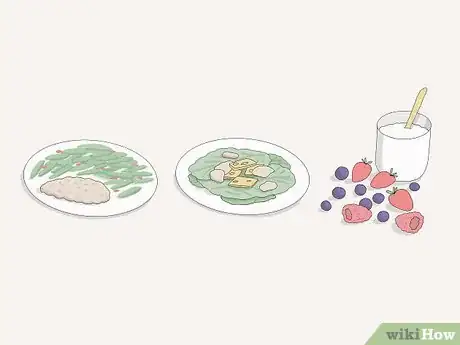


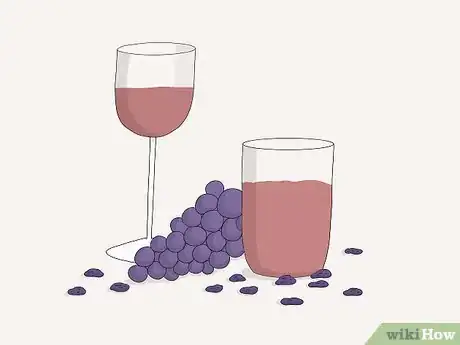
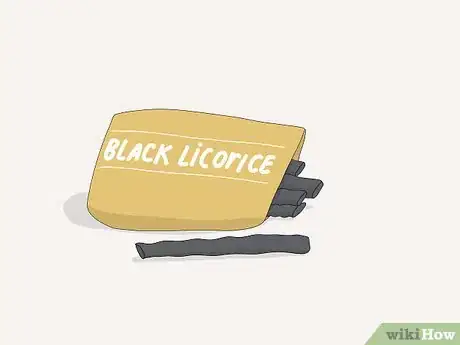
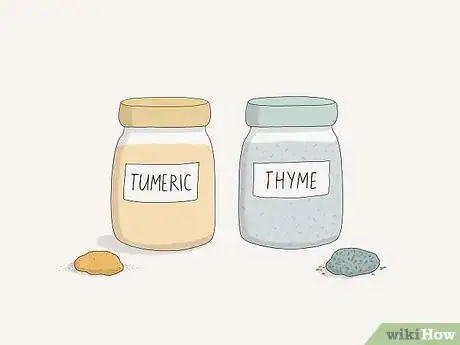
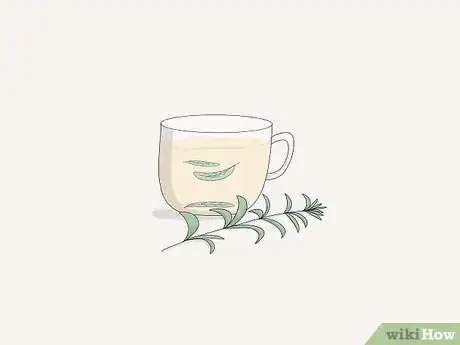
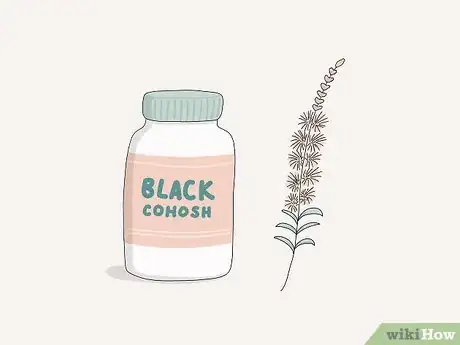
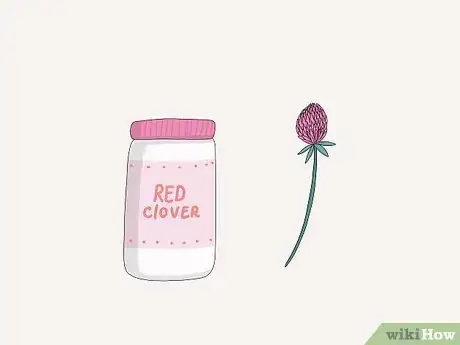
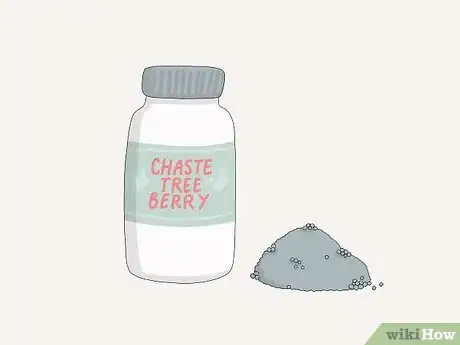

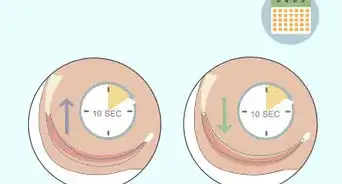
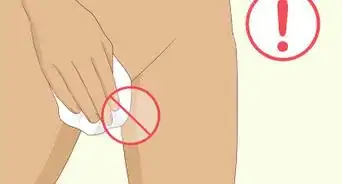

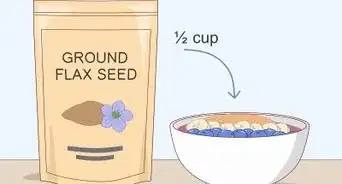


















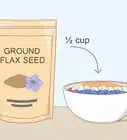




































Medical Disclaimer
The content of this article is not intended to be a substitute for professional medical advice, examination, diagnosis, or treatment. You should always contact your doctor or other qualified healthcare professional before starting, changing, or stopping any kind of health treatment.
Read More...